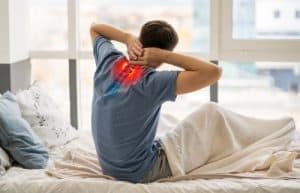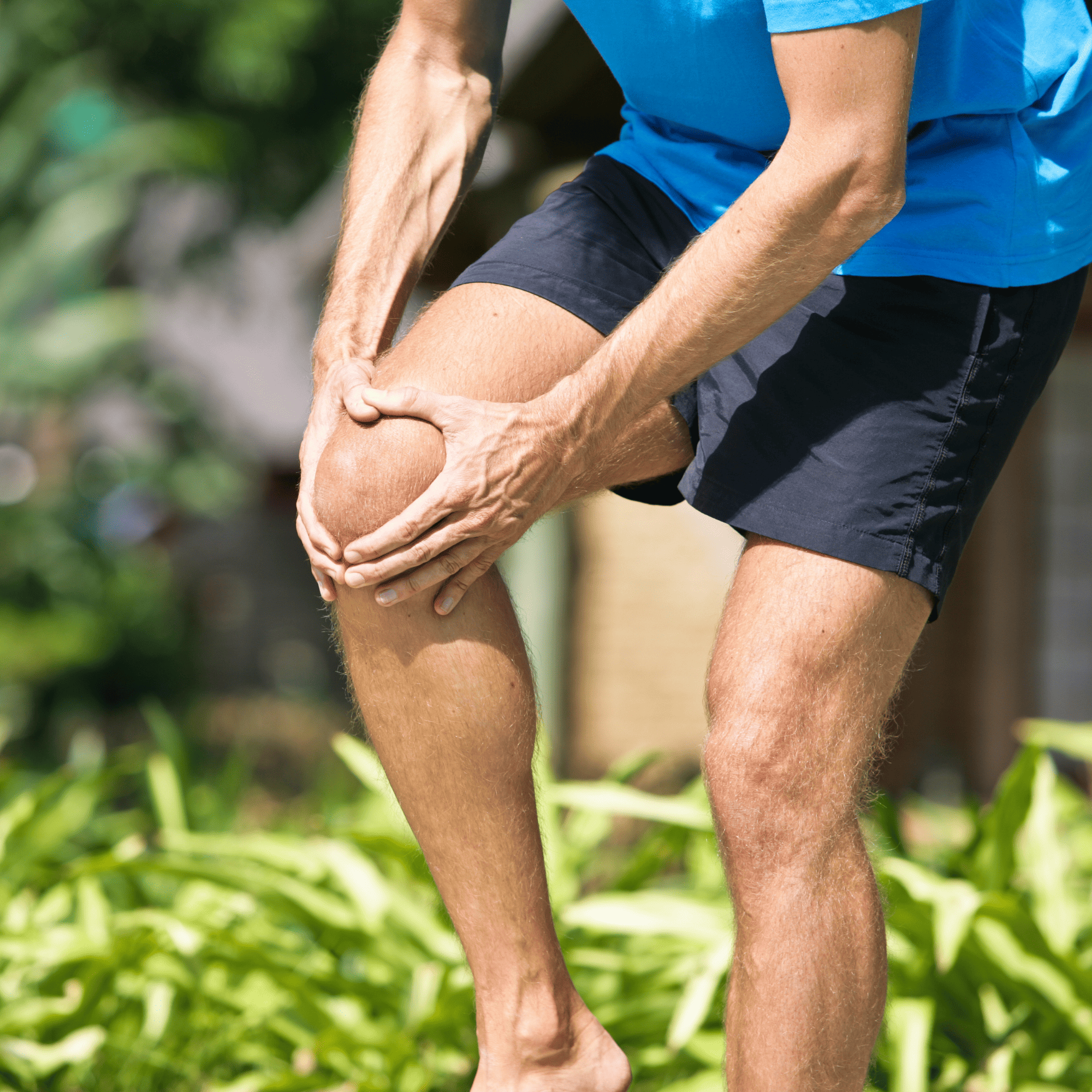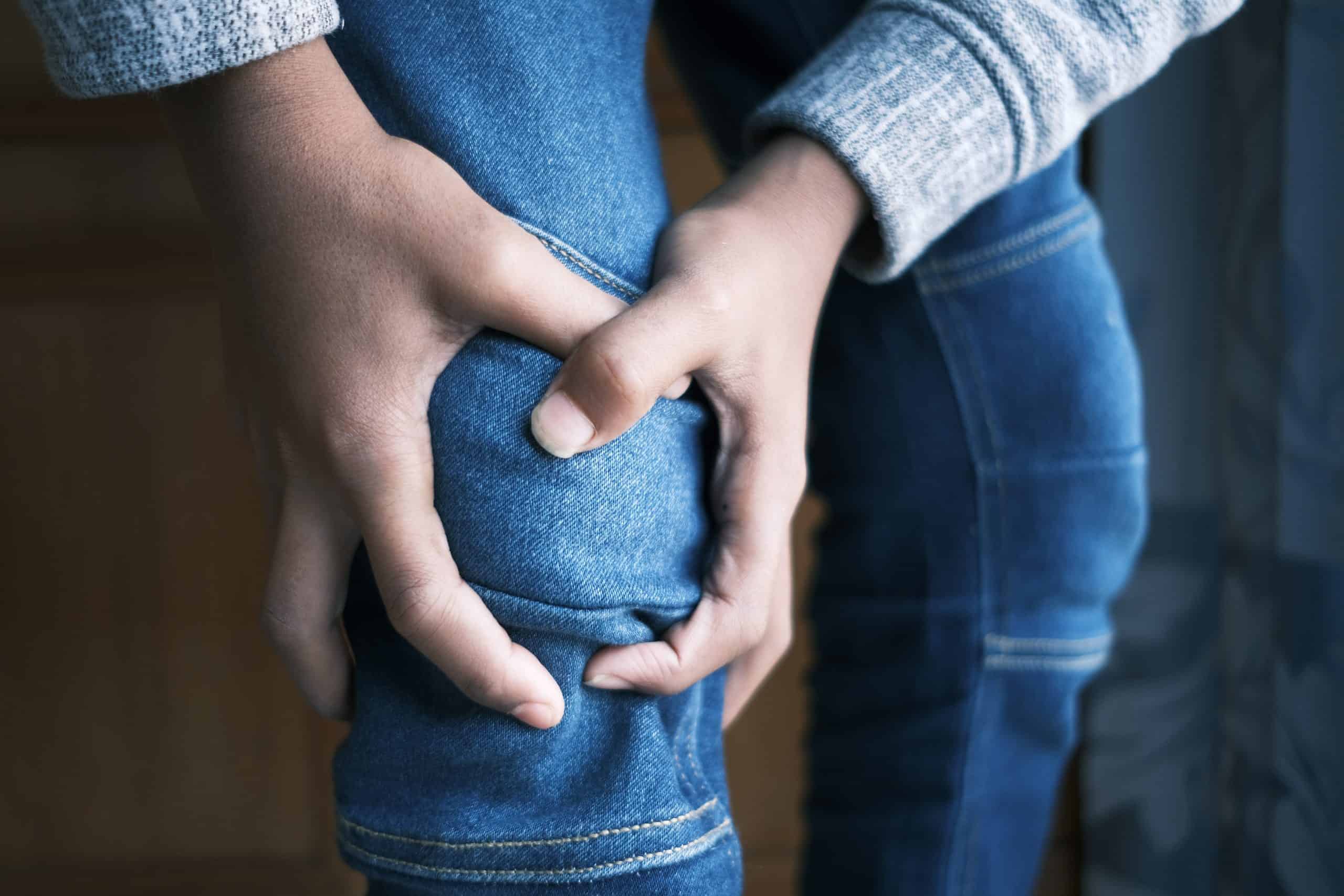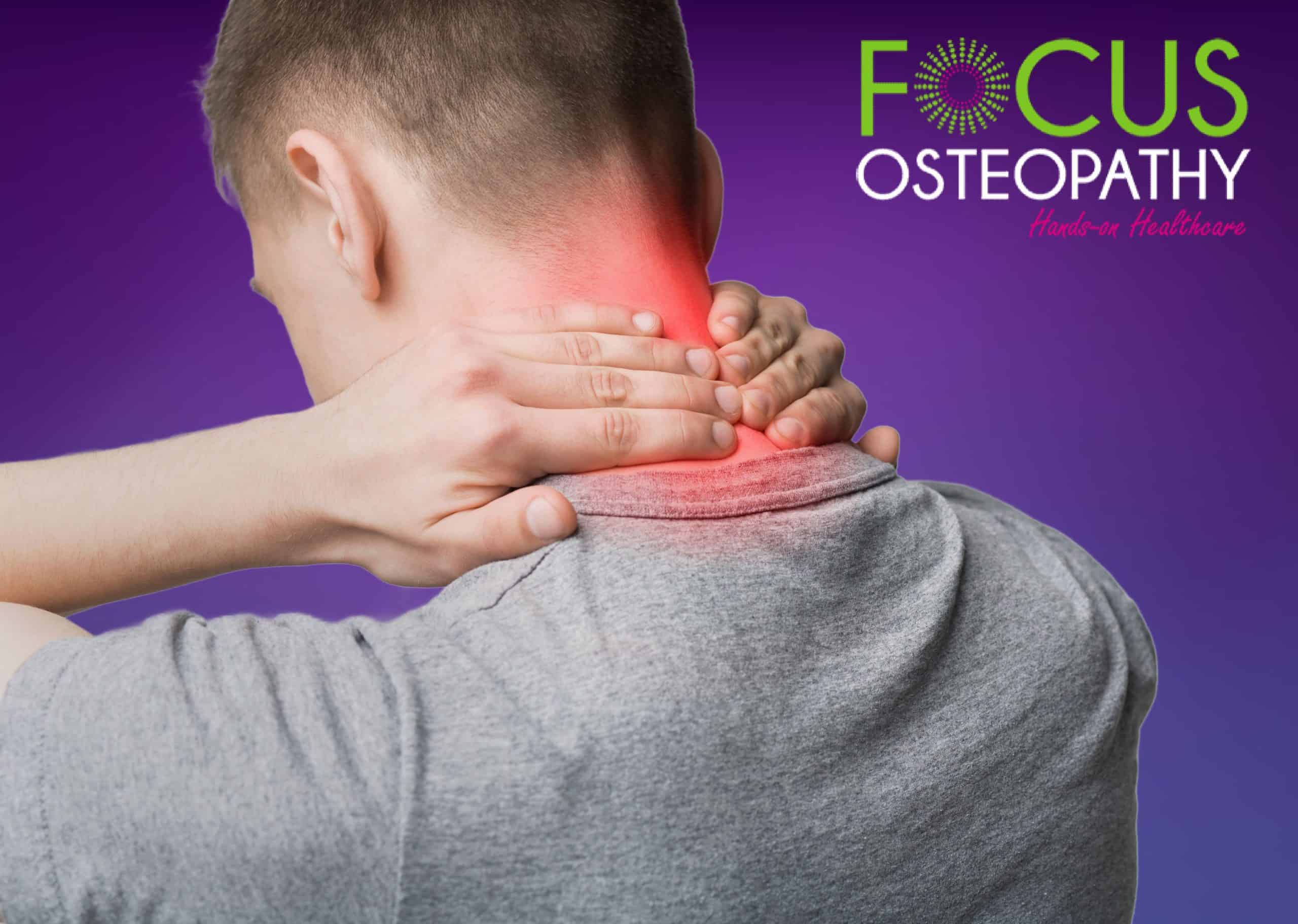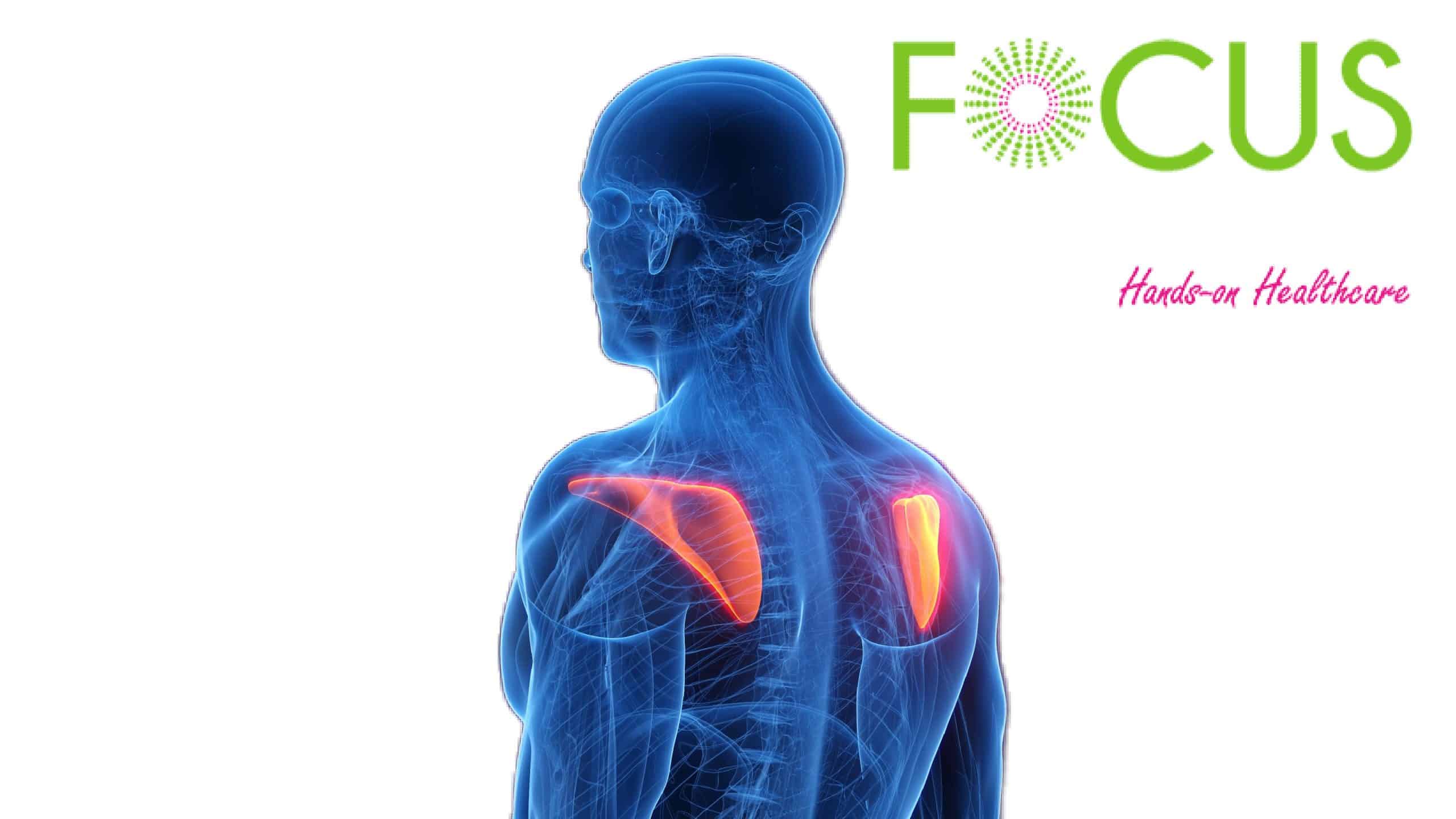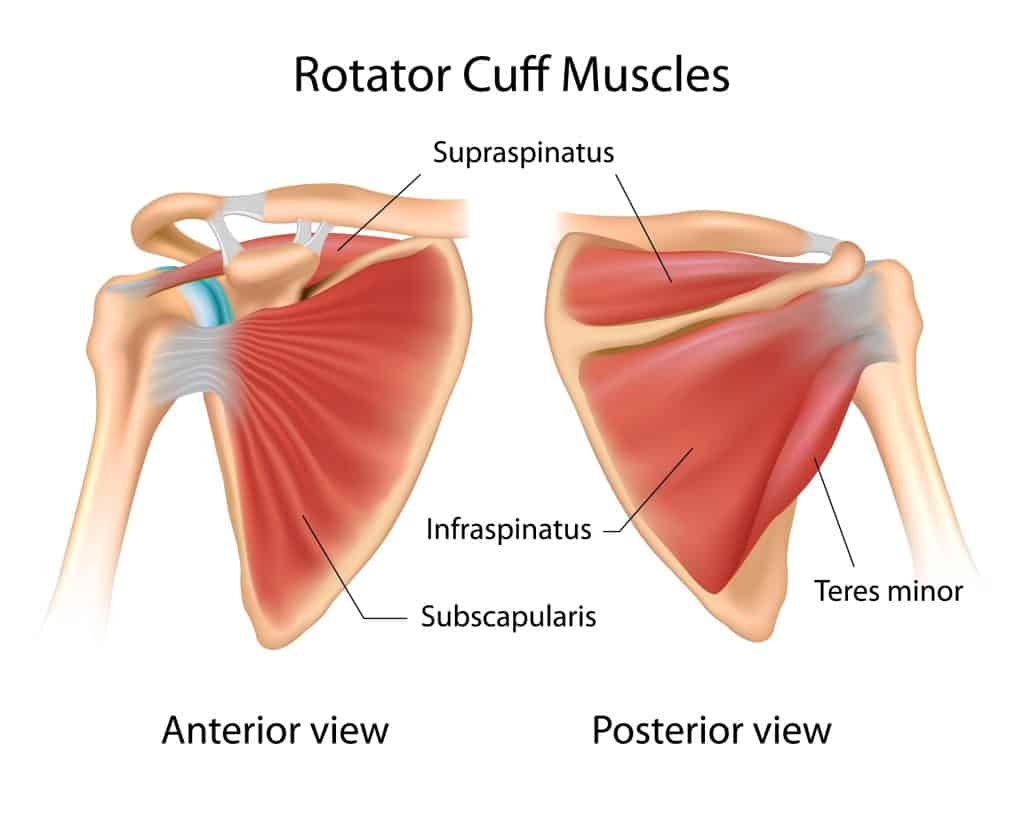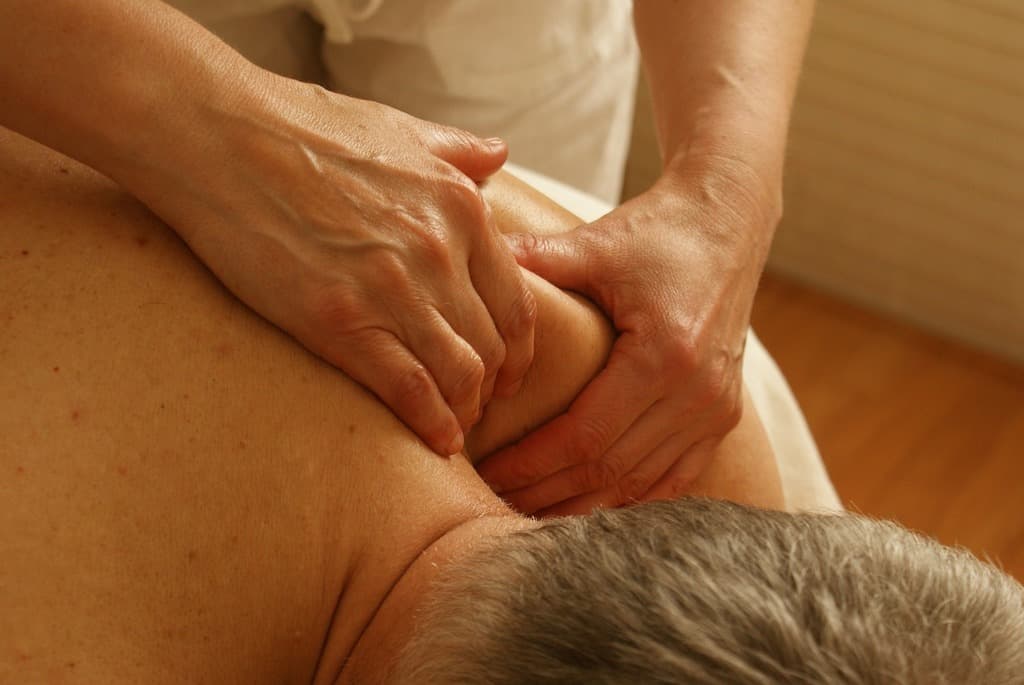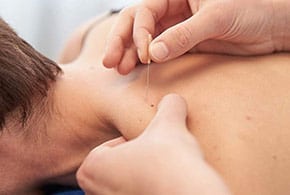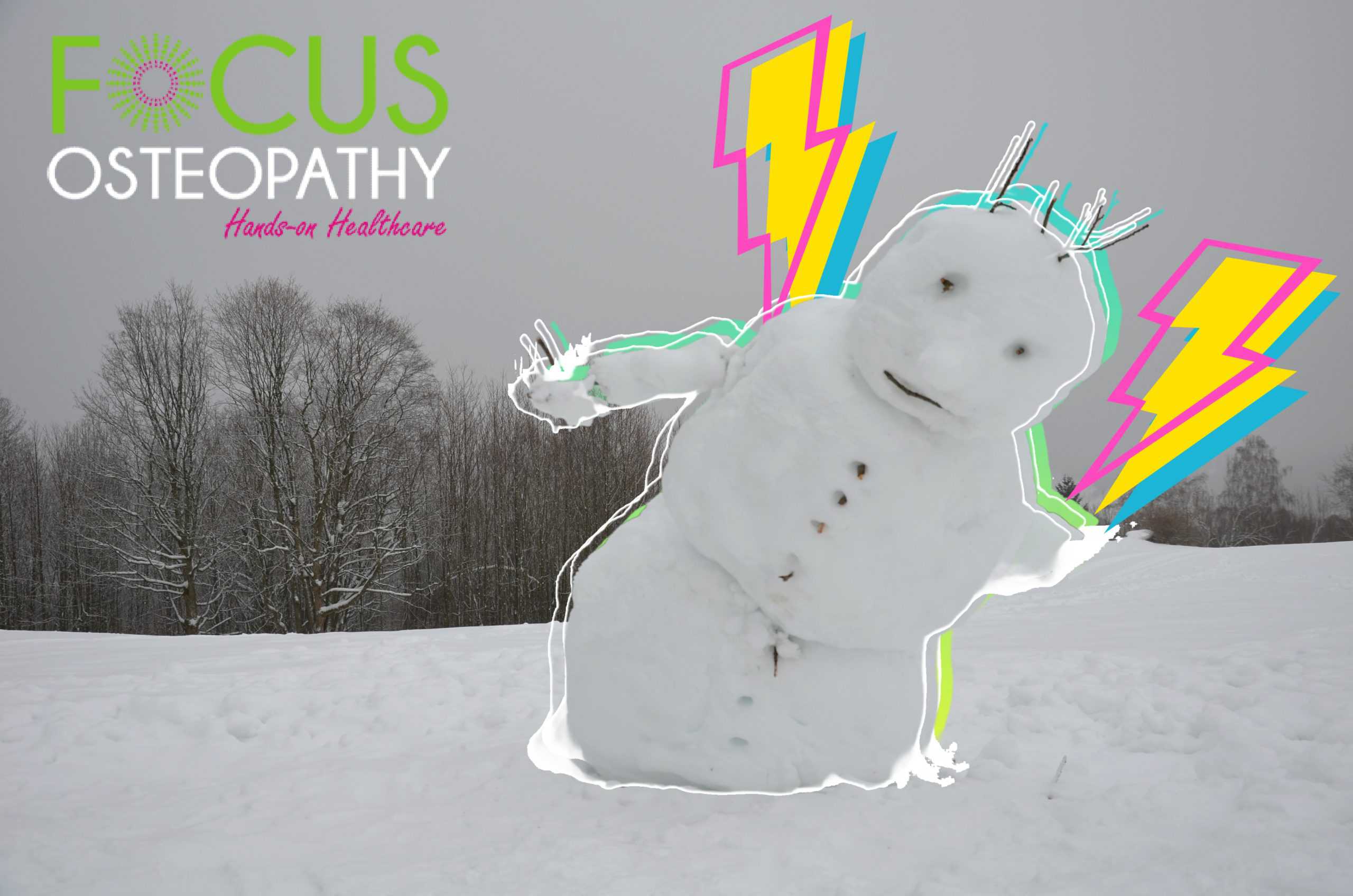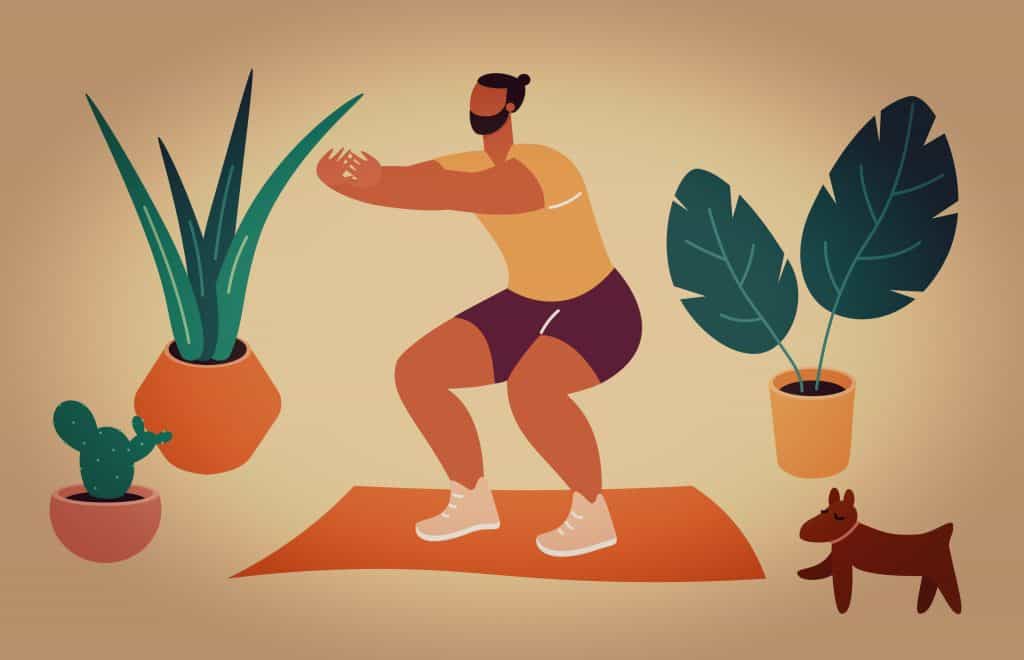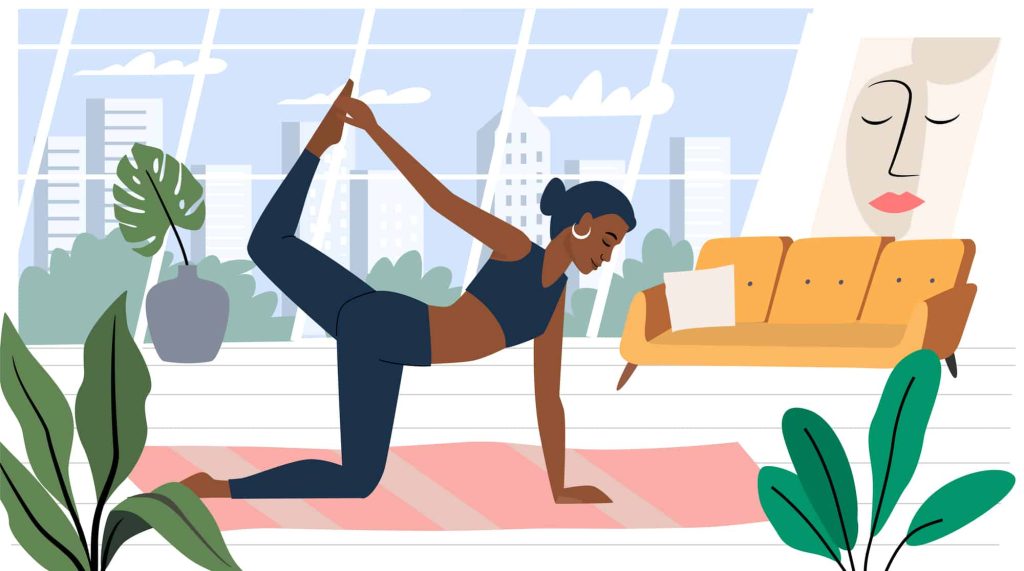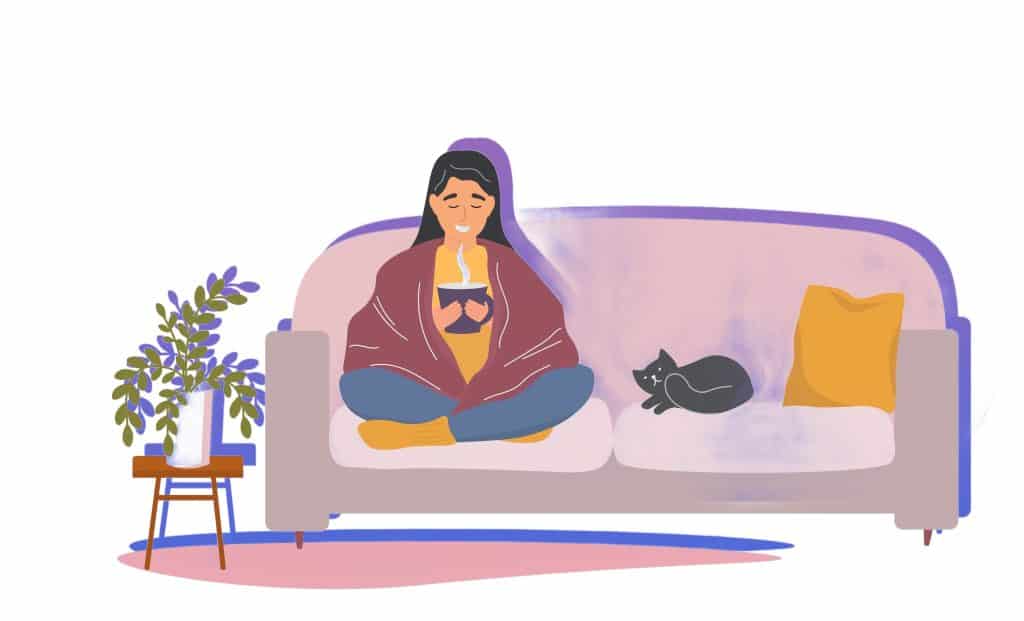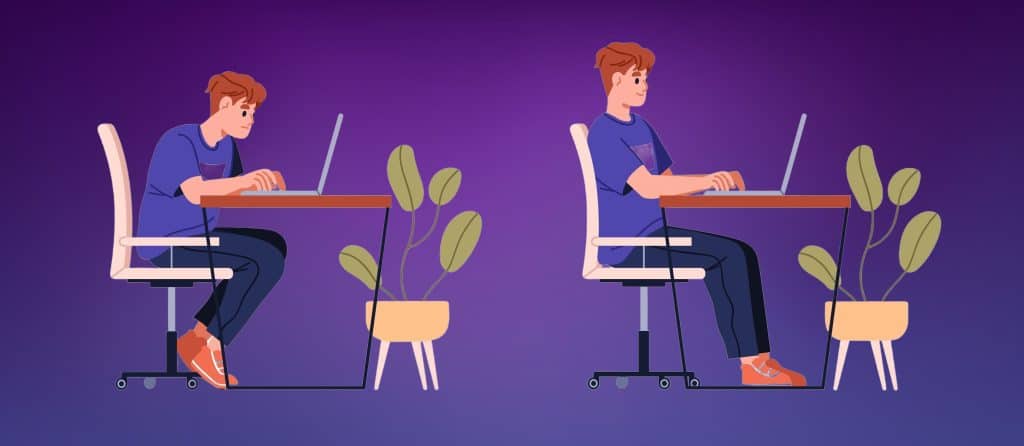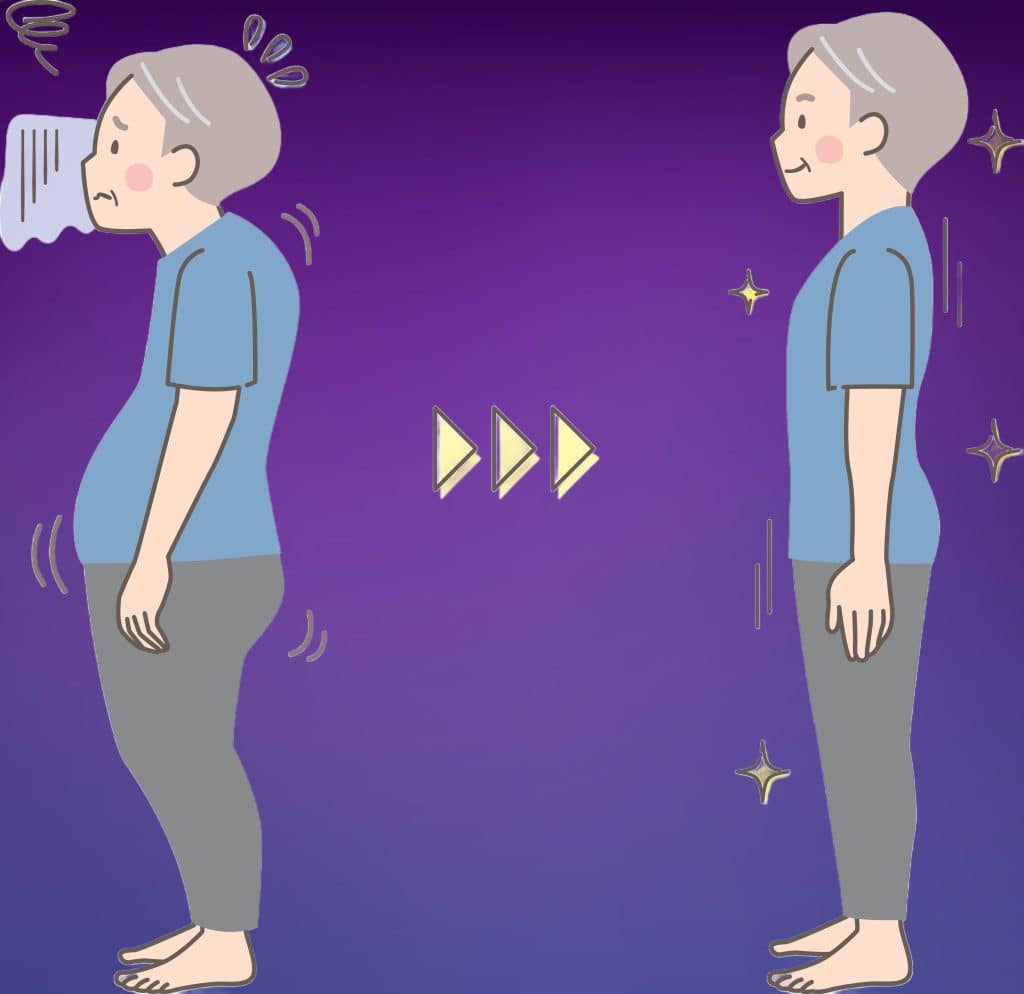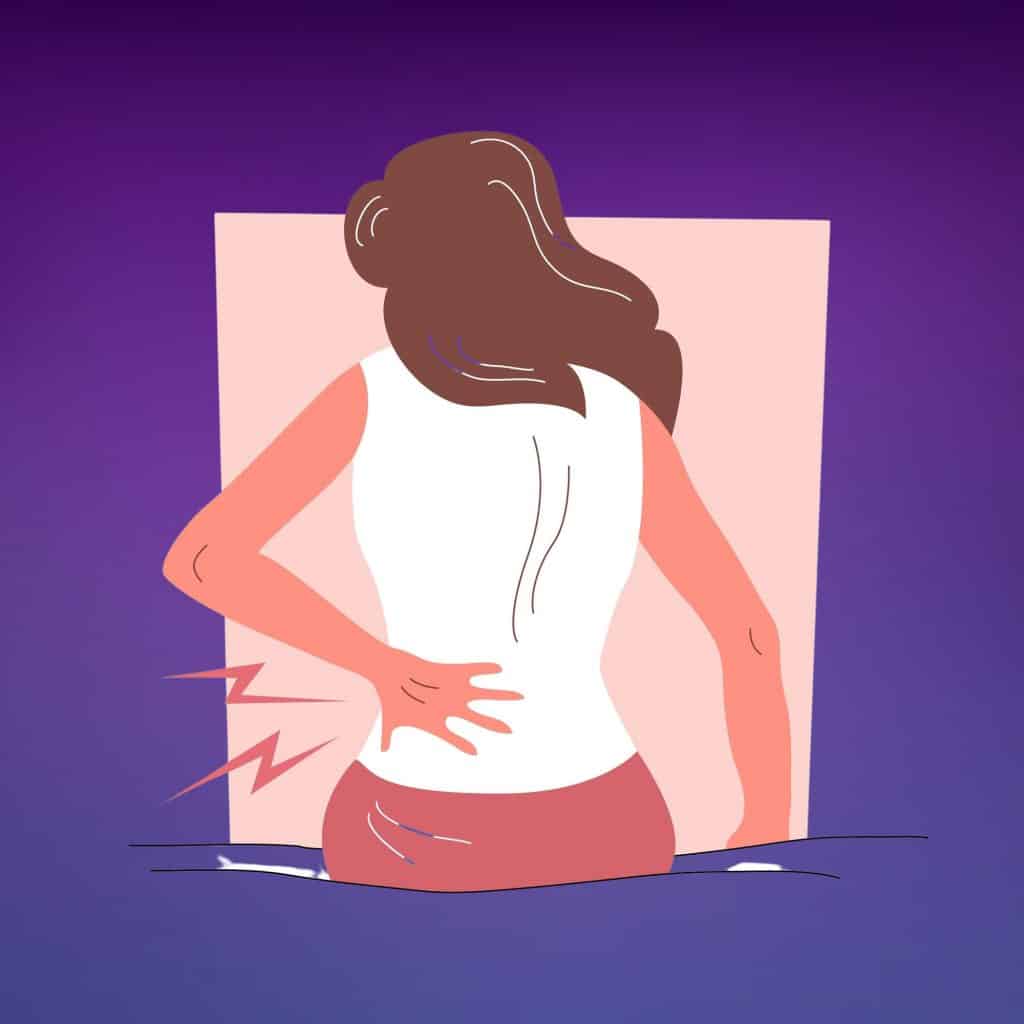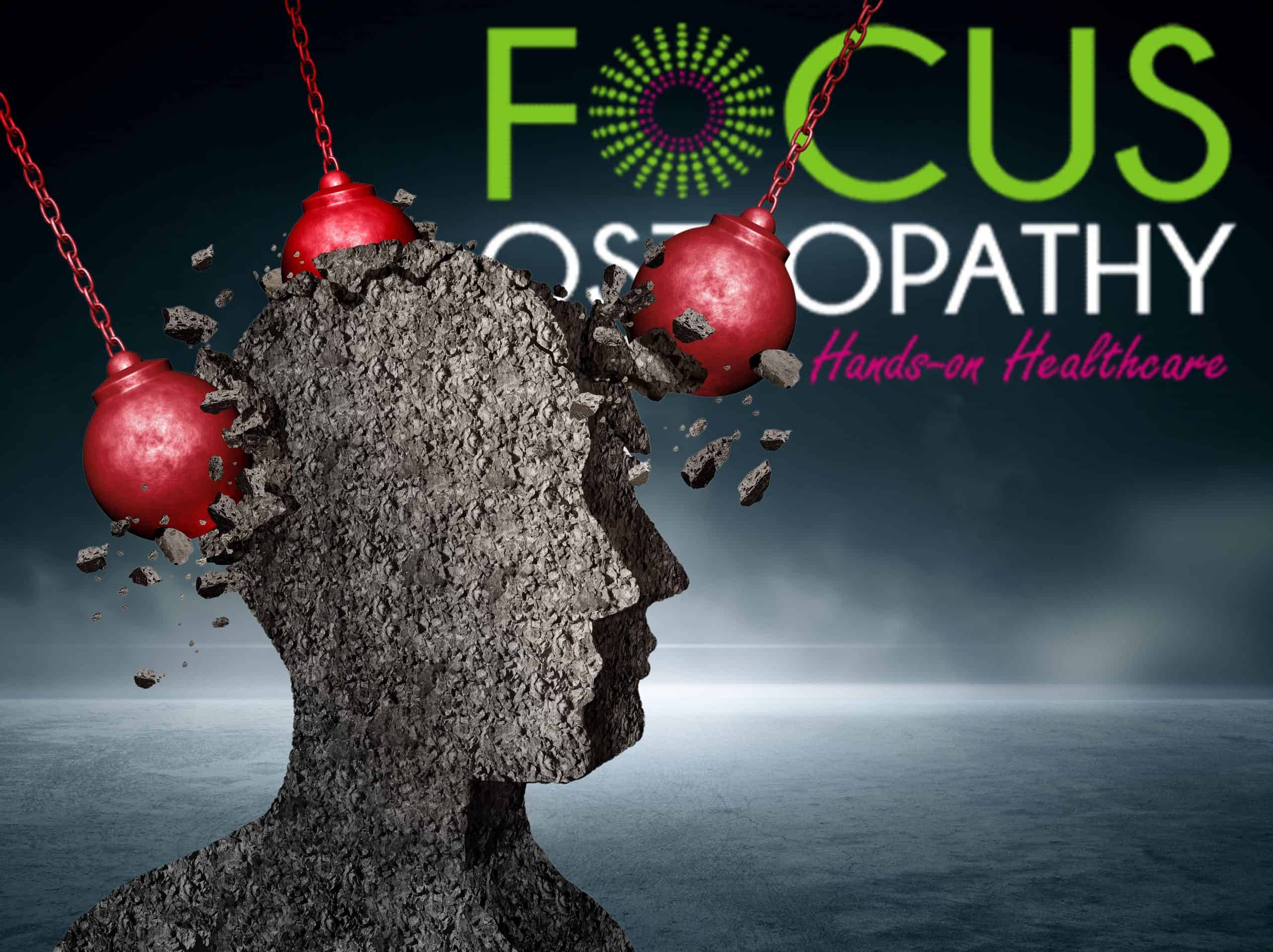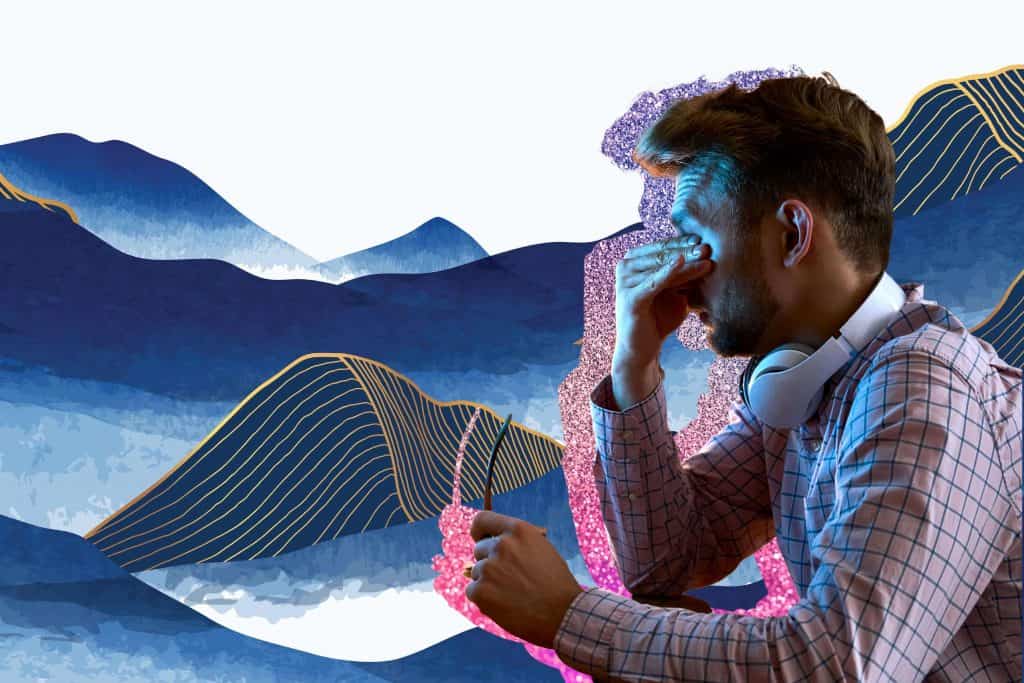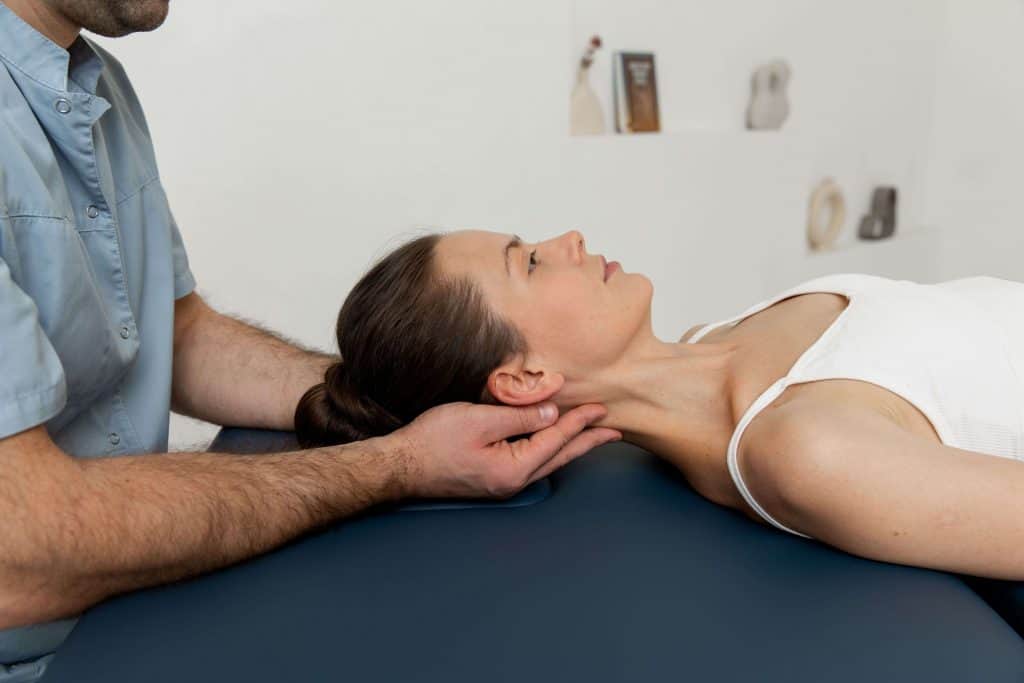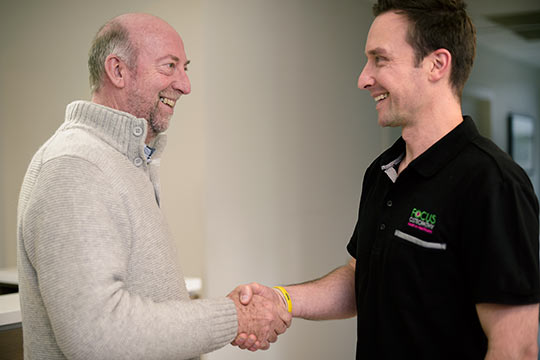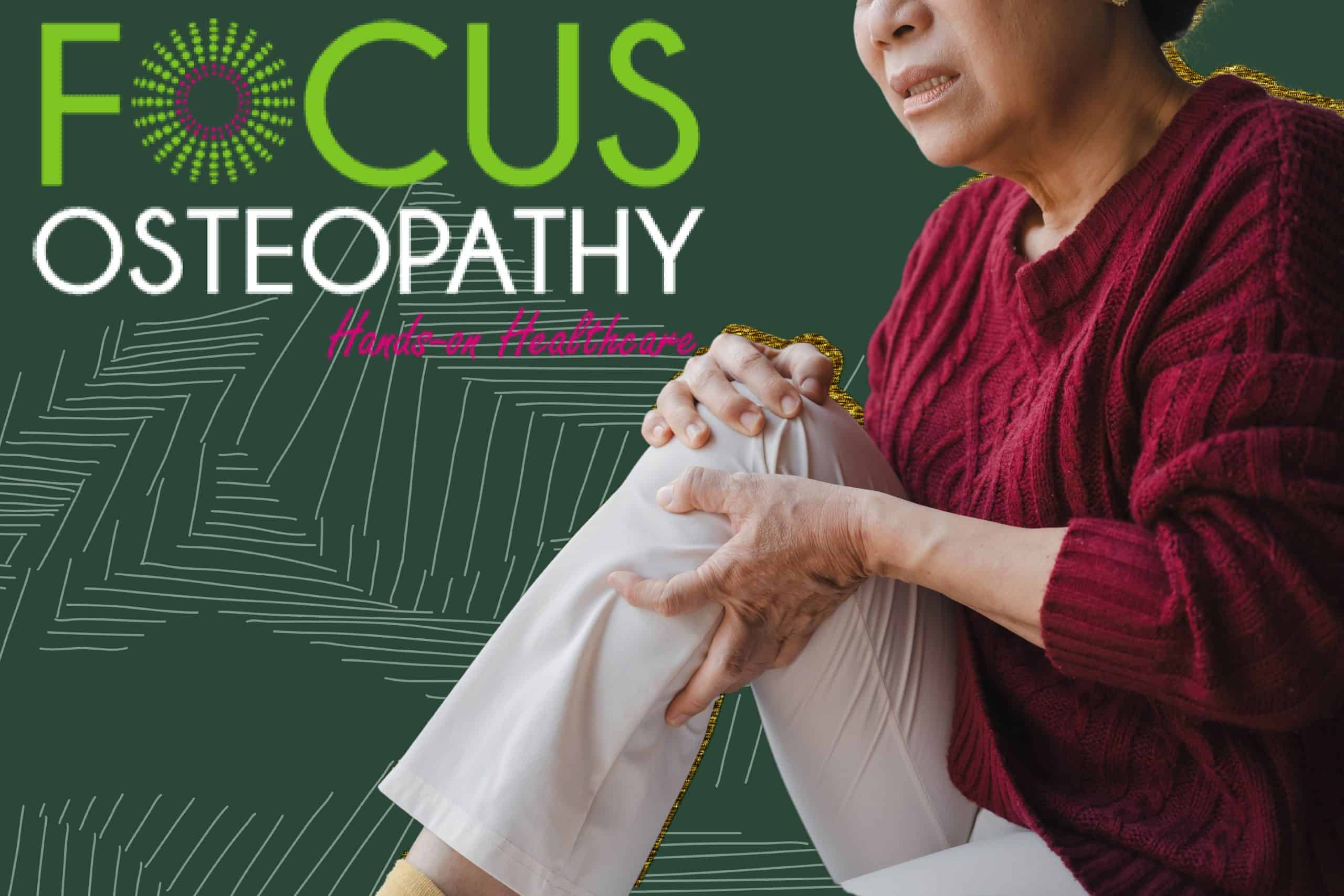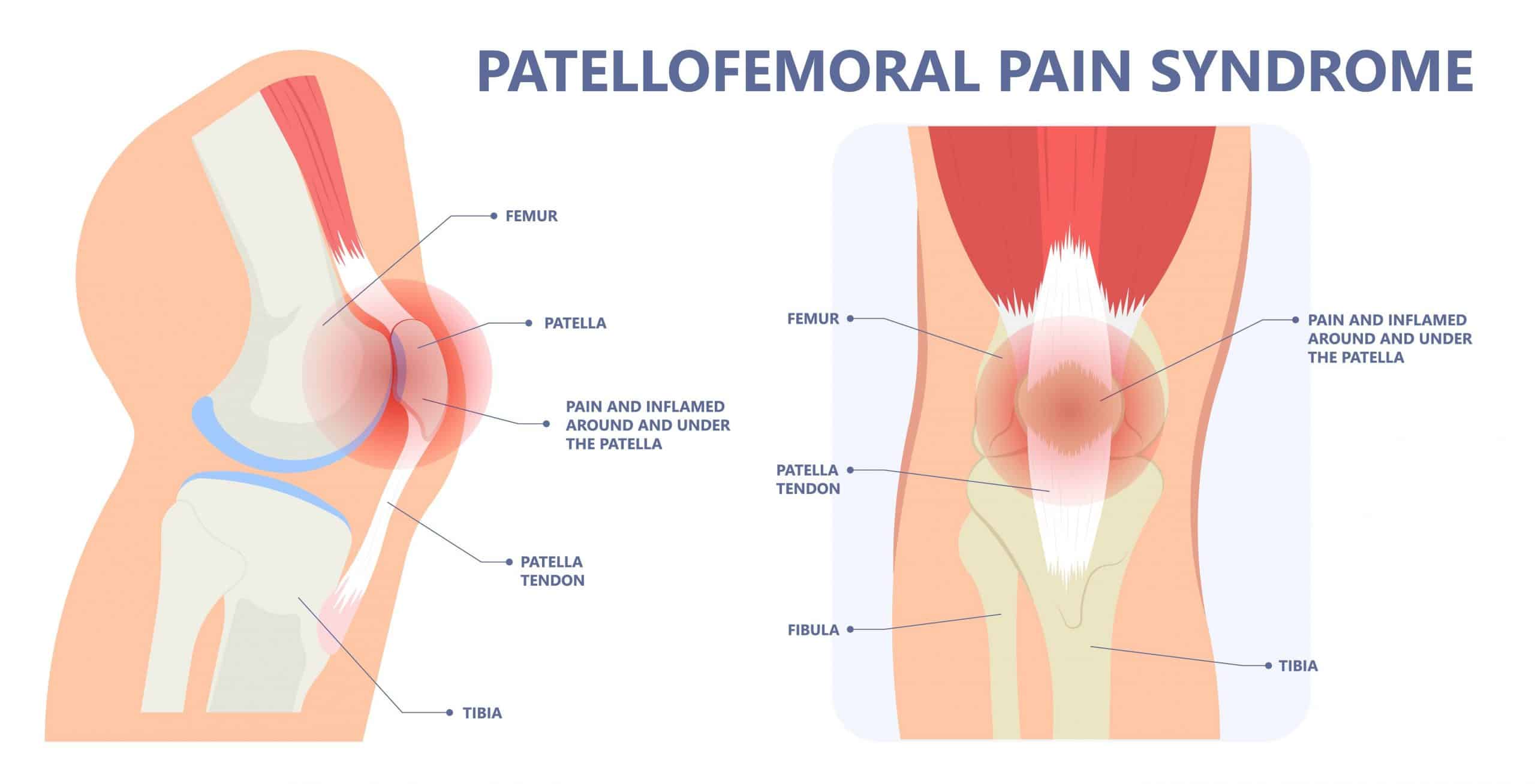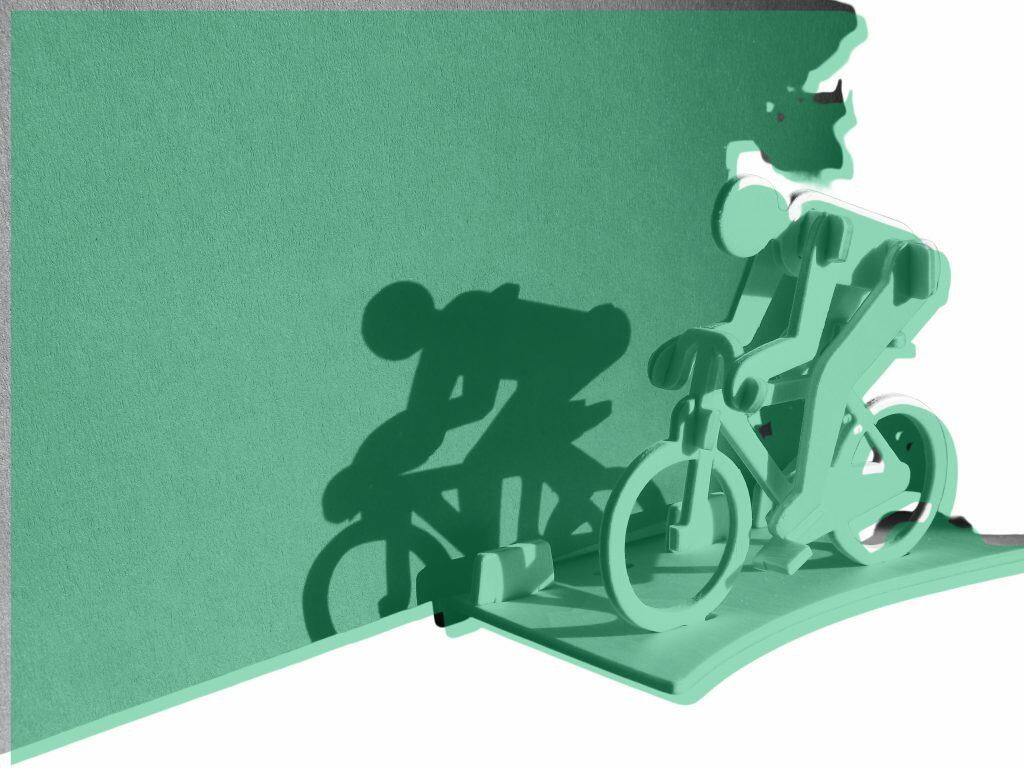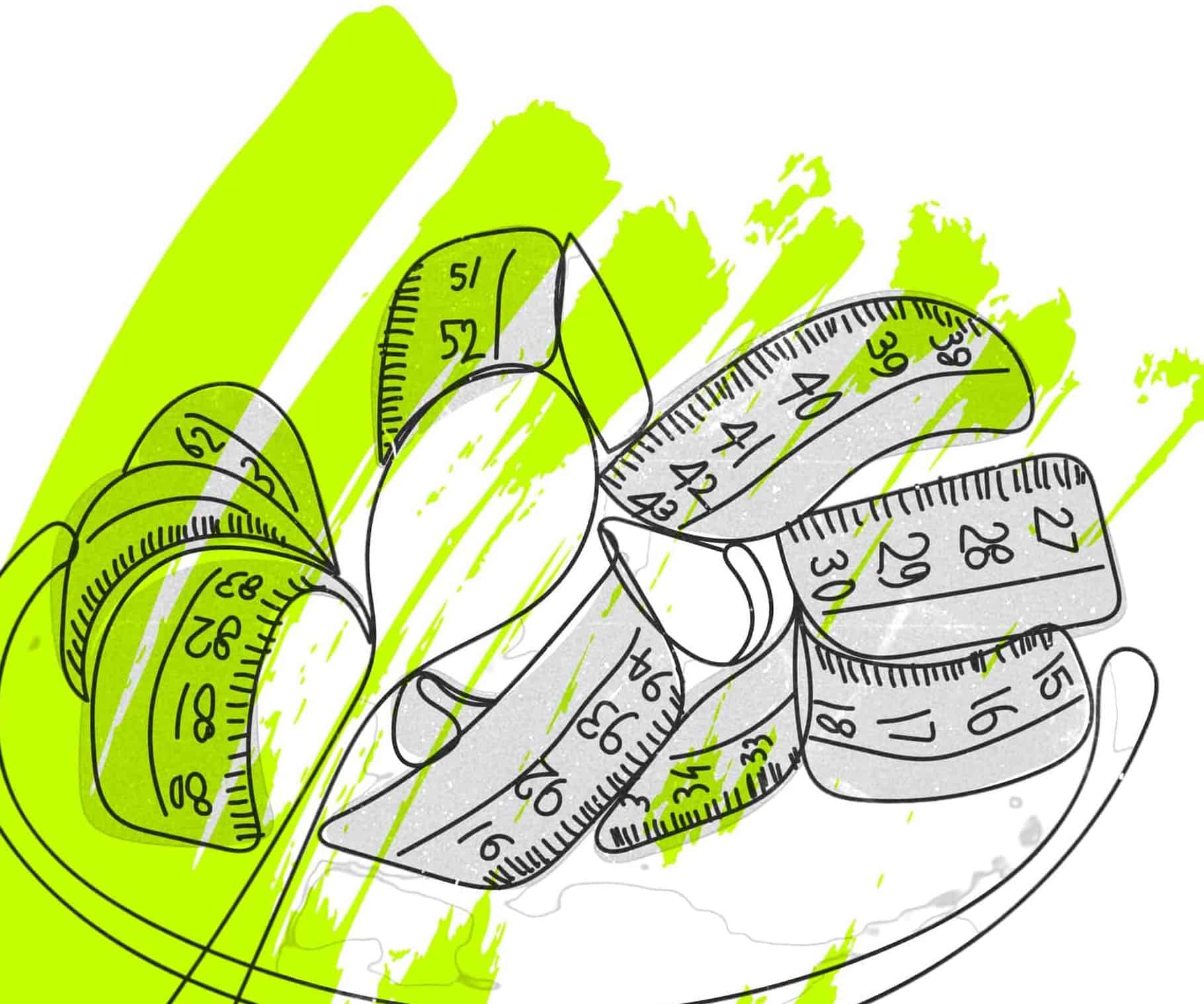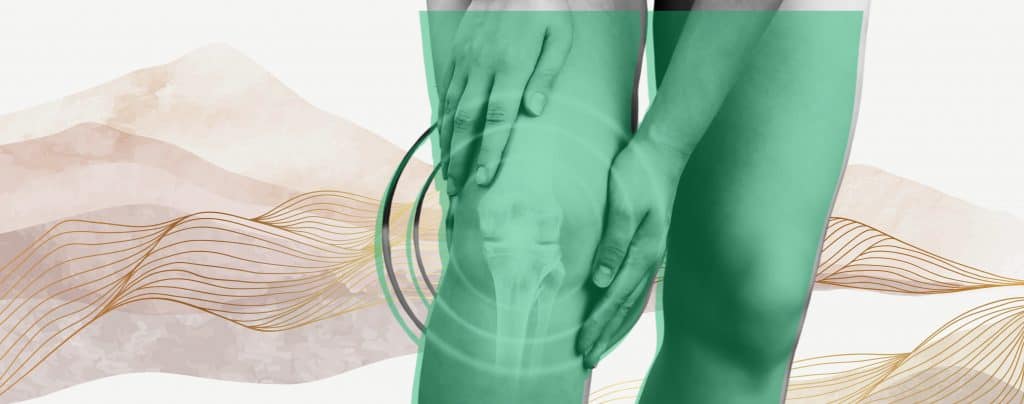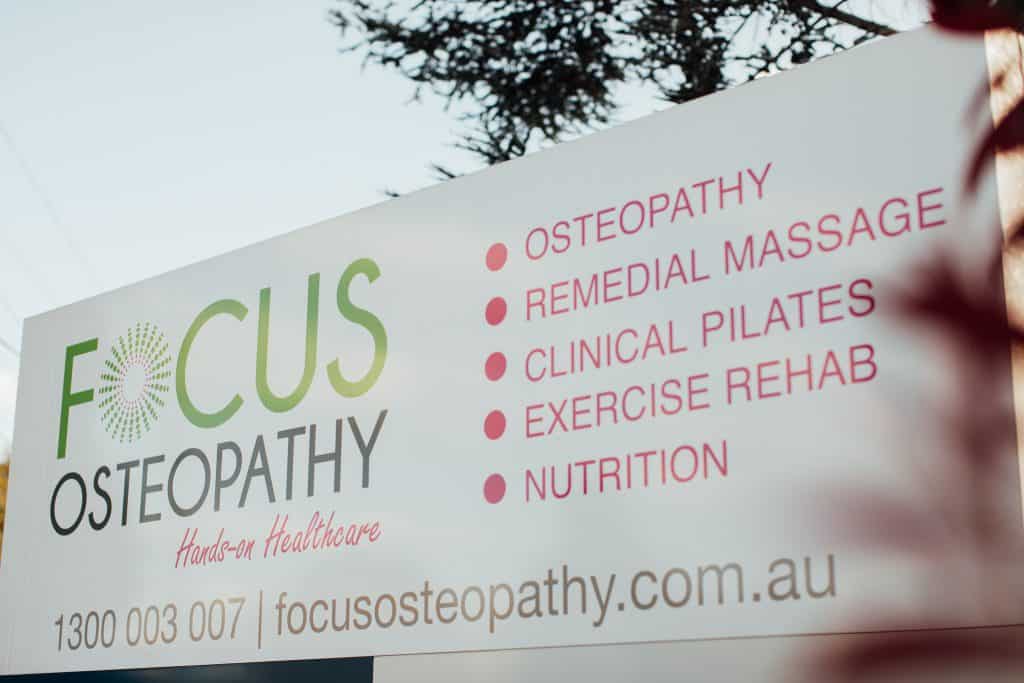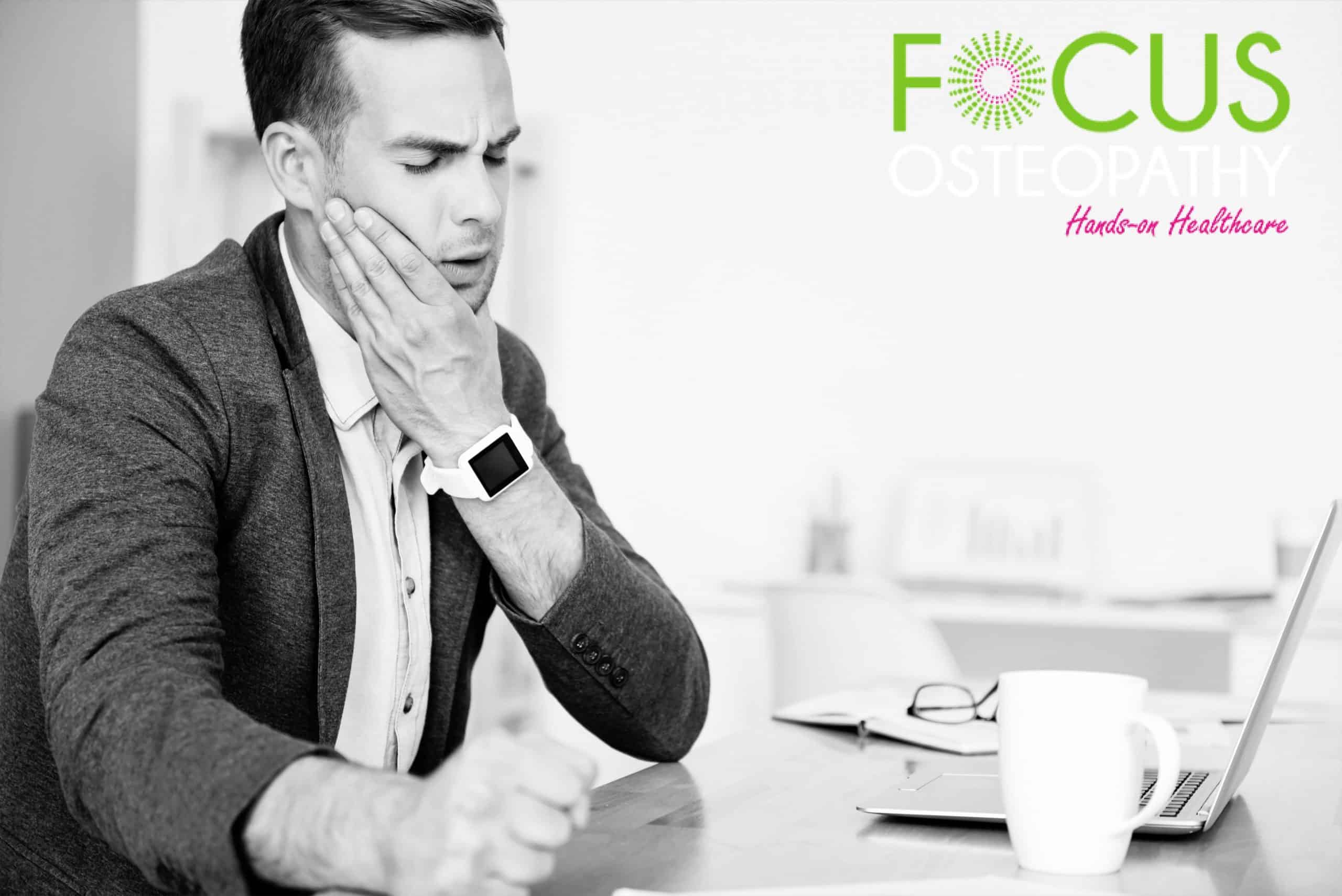The Australian sun is out, the beaches are calling, and every fibre in your being just wants to lace up those runners and hit the track.
But then there’s that niggling pain; a reminder that something’s not quite right.
Every bend of the knee brings discomfort, every step a silent wince.
Does your knee hurt every time you bend it?
For many Australians, this isn’t just a physical pain – it’s an emotional burden, pulling you back from embracing life’s beautiful moments.
Knee pain when bending is more than an inconvenience; it’s a barrier to living life on your terms.
But why does it happen?
Let’s dive deep into the heart of the matter.
In this blog, we are going to share 3 reasons why your knees hurt when you bend them.
Understanding Knee Hurt
The knee is pivotal in many of our daily activities, from walking to running, climbing to jumping.
It’s essential to note that pain is the body’s alert system. It signifies that something might be amiss.
Whether it’s an injury, wear and tear, or an underlying condition, knee pain is your body’s way of drawing attention to an issue that needs addressing.
Why Does My Knee Hurt When I Bend It?
In the clinic, there are three recurring injuries that I keep seeing in the clinic.
Let’s delve into 3 possible causes your knee hurts when you bend it
Meniscus Tears:
You know that feeling when you’re dancing to your favourite tune and suddenly you make a misstep?
Ouch!
Well, our knees have their own delicate dance partner called the meniscus.
The meniscus is the cushioning insole in your shoes.
This C-shaped cartilage makes sure our knees move without any jarring impact.
But, just as a surprise twist in a dance can throw you off, a sudden twist or turn can give the meniscus a bit of a shock.
Let’s say you’re having a kickabout in the park or even just taking a casual stroll when you misstep.
This unexpected move can cause the meniscus to tear. And when it does, it’s not shy about it.
Your knee might swell up, feel stiff, or give you the unsettling feeling that it’s “locked” in place.
It’s like the meniscus is telling us, “Hey, I took a hit, and I need some attention here!”
A meniscus tear is one of the most common injuries that would cause your knee to hurt while bent.
So, just as we’d pause and reassess after a misstep, let’s give our meniscus the care it deserves when it calls out.
Patellar Tendinitis
Imagine a strong rope holding a ship to its mooring, keeping it steady and secure.
That’s the role of the patellar tendon in our knee.
But like any good anchor, it can feel the strain if pulled too much. Often nicknamed the “Jumper’s Knee”, this issue is a familiar story for those who play sports involving a lot of jumping.
But it’s not just the sports stars who need to watch out.
The symptoms? They’re hard to miss. There’s that pain around the kneecap, maybe a bit of swelling, or a nagging burning sensation. It’s like the patellar tendon saying, “Ease up, mate. I’m feeling the burn!”
Remember, it’s not about stopping the fun or the exercise. It’s about pacing ourselves and giving our knees the attention they need when they wave that little red flag.
Bursitis
Bursae are tiny cushiony pockets in our knees, that keep everything running smoothly and without friction.
sometimes these sacs get a bit irritated, leading to what’s known as bursitis.
Picture this: You’re spending a sunny Australian afternoon knee-deep in your garden or maybe working on a DIY project at home.
All that time on your knees? Well, it can get those bursae feeling a tad grumpy.
You might feel a sharp pain, see a bit of swelling, or even notice your knee turning a shade redder. It’s like they’re waving a little flag saying, “Hey, give us a break!”
If you believe you are suffering from any of these problems.
It’s time to seek advice.
Ready To Say Goodbye To Knee Hurt When Bending?
At Focus Osteopathy, we genuinely get how knee pain can take control over your daily life.
That’s why we’re always ready to lend a hand (or two)!
Are you navigating the maze of knee discomfort?
We’ve got your back.
Our mission? To walk alongside you, clearing up health worries and empowering you to greet each day with a spring in your step.
And here’s some good news!
This October, we’re providing you with an exclusive offer; a FREE Knee Pain Assessment.
During this session, you’ll have the opportunity to consult with one of our resident osteopaths.
They’ll help identify the root causes of your discomfort, offering personalized advice and unwavering support.
If this sounds like the answer to the pain that you’ve been searching for, arrange your FREE Knee Pain Assessment by filling in our simple web form or call our Mount Waverley or Murrumbeena clinic at 1300 003 007 and a member of the team will be happy to help!
Other Free Resources For Knee Hurt When Bending
Read Our Blog – Can Sciatica Cause Knee Pain?
More Blogs From Focus Osteopathy
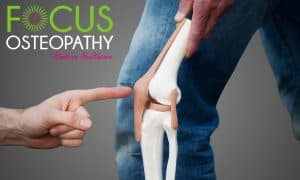
Knee Pain: The Good, The Bad, and the OUCH!

4 Reasons Swimming Is Good For Back Pain
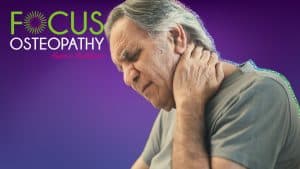
8 Ways Neck Pain Can Disrupt Your Daily Life—and How Osteopathy Can Help
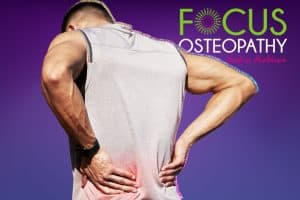
Understanding Back Pain: The Unwanted Companion
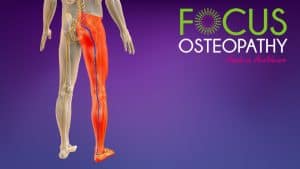
Does Massage Therapy Help Sciatica? 4 Things You Must Know
